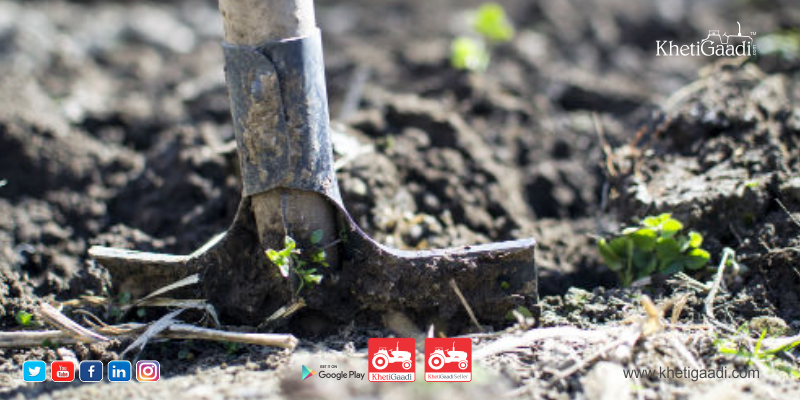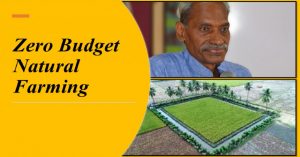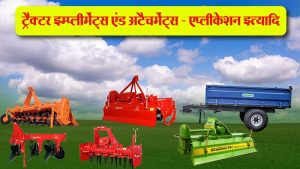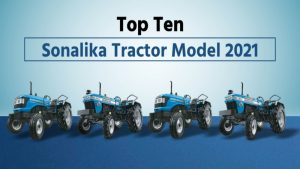Soil conditioners improve the texture and nutrient-availability of your soil. They can also improve the water retention of dry, coarse soil. Soil conditioners can come in many different forms some of which include arctic humus, worm castings, and organic compost. How do you make good soil? Testing your soil pH is recommended if your plants seem sickly or have nutrient problems.
You can assess your soil pH on a scale of 1 to 14. The neutral value is 7. Soil pH value below 7 indicates acidity, while a value above 7 indicates alkalinity. So instead of feeding your plants endlessly, it’s better to adjust your soil pH depending on the specific pH and fertility requirements of the plants. You may add either limestone to raise the soil pH, or sulfur to lower it. Read on for our full guide on soil conditioning, and how to make organic soil yourself.
Adding Nutrients
You may use either organic or inorganic fertilizer to add nutrients to your soil. Inorganic fertilizer is cheaper and usually, gives faster results. But the setback usually is that inorganic fertilizers merely feed the plant and do nothing for the soil. In fact, inorganic fertilizers may even damage the soil due to its high salt content.
On the other hand, organic fertilizers release nutrients over time. They act slower than inorganic fertilizer but provide the plants and soil with more long-term benefits. Organic materials improve the soil’s texture and fertility. Hence, a healthy, thriving soil will, in turn, feed your plants. A complete fertilizer contains these 3 major nutrients: nitrogen, phosphorous and potassium.
Types of Organic Fertilizers
- Compost
- Bagged humus
- Manure – It can be acquired from stables and local forms. Compost and decompose manure until it turns dark, odorless and flaky. Do not use fresh manure as it contains an excessive amount of ammonia which may burn your plants.
- Peat moss – It is inexpensive and works effectively in loosening the soil.
- Cover crops – These are grown on the unused soil to be tilled later on and left in the garden to decompose. Cover crops repress weeds and the roots loosen the soil as they grow.
Soil Texture
It refers to the size of soil particles. Sandy soils consist of very large particles that allow air, water, and roots to move freely, at times too much. Clay soils have tiny, compact particles that make it difficult for water, air, and roots to penetrate. The ideal soil texture for garden development is a sandy loam – light, well aerated and allows water movement. It also has a breadcrumb-like consistency, often referred to as tilth. This signifies that the soil is rich in organic matter.
For reading more agriculture-related blogs and updates, keep visiting our khetigaadi.com. It gives you latest updates in tractors and agriculture mechanism.
Visit our page for more information about Tractor, Agricultural implements, Tractor Price, Tractor Videos, and Tractor Games.




